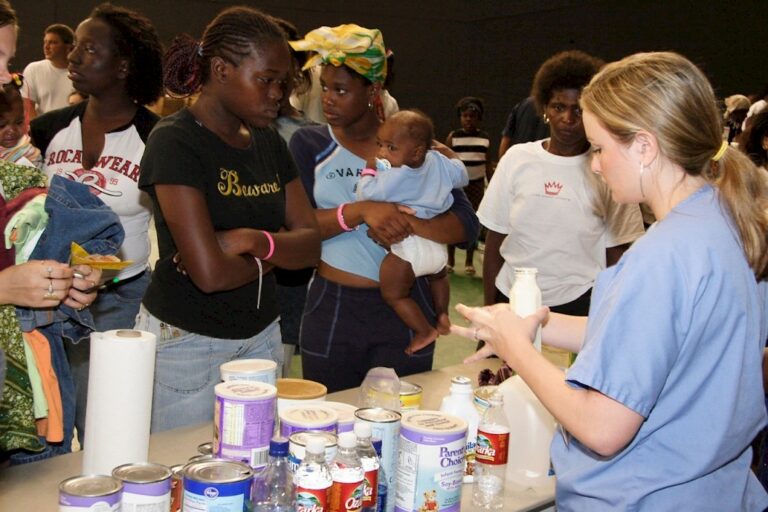
Article Archive by Year

The national-level guidance on mass care feeding for state, local, tribal, and territorial organizations (SLTTs) comes from the Federal Emergency Management Agency (FEMA), and is sourced from their toolkits and the National Mass Care Strategy website, which provides a consolidated and comprehensive set of guidance material from governmental and nongovernmental mass care experts. The
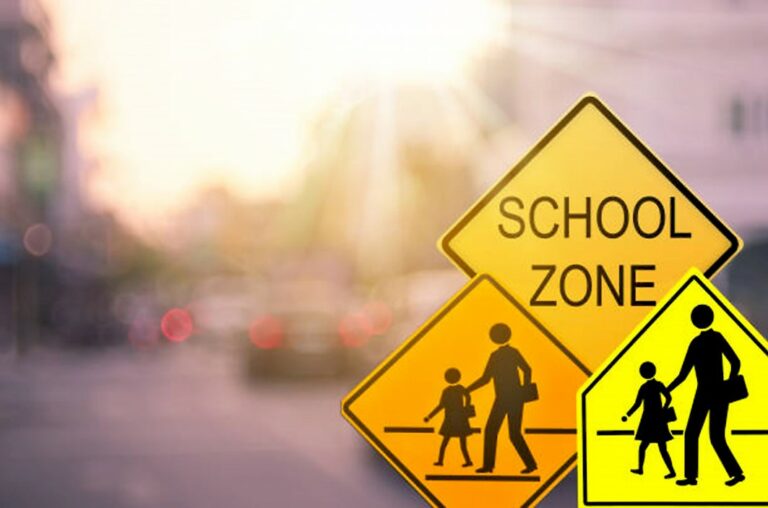
Keeping Schools Safe During the Threat of Nuclear Attacks
May 10, 2023
The hands of the so-called Doomsday Clock are now set to 90 seconds to midnight, reflecting that experts believe the world is closer to a global nuclear catastrophe than it has ever been. All-hazards plans and threat assessments should reflect this potential increased threat.
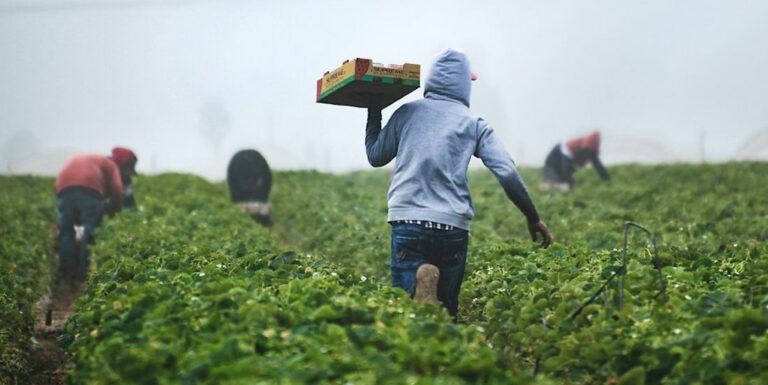
Labor Trafficking – The Case Study of Marco
May 3, 2023
Countless immigrants like Marco do not self-identify as labor trafficking victims, yet this increasing crime needs to be addressed. Learn how communities can better protect these vulnerable populations.

Perfect Storm: Albuterol Shortage & Supply Chain Upset
May 3, 2023
As of 2020, albuterol was the seventh most commonly prescribed medication in the U.S., with more than an estimated 17 million patients receiving it and nearly 62 million prescriptions issued annually. Albuterol is a short-acting bronchodilator drug that helps treat or prevent respiratory issues by relaxing the smooth muscles in
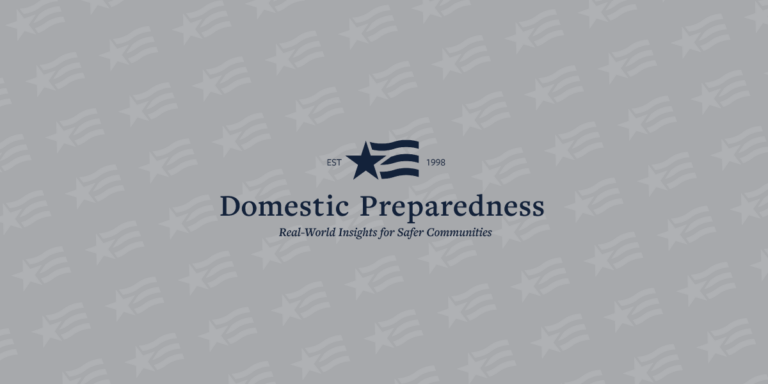
Planning for Future Events Requires Updated Plans
April 26, 2023
Threats, hazards, and risks change over time as numerous variables change. This means preparedness professionals must be forward-thinking when planning for emergencies and disasters. Past events can teach valuable lessons for the future, and sometimes those lessons include adapting old plans to meet new or emerging challenges. The authors in

Eclipses Again Will Darken the Sky in 2023 and 2024
April 26, 2023
An eclipse is not just about the sky getting dark. There are many considerations for emergency planners and public safety professionals to ensure the safety of their communities. Learn the lessons from the 2017 eclipse to better prepare for the next event.
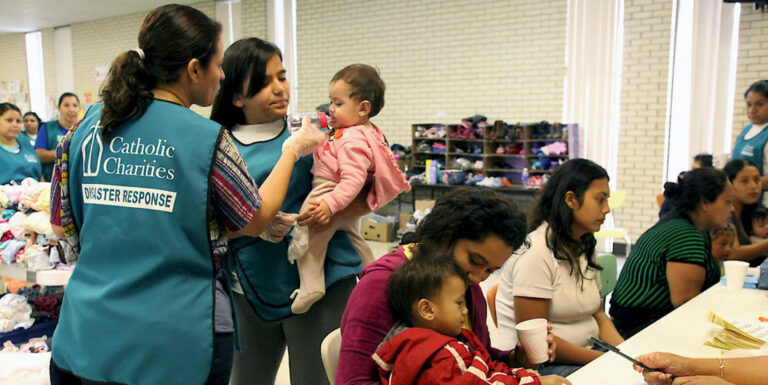
Preparedness Promoters – Assessing Marginalized Populations
April 26, 2023
Certain populations are more vulnerable when faced with disasters. By adapting a public health model, community leaders can identify common vulnerability indicators and close the gaps between emergency management plans and target population vulnerabilities. Learn how.

Covenant School – Reviewing Another Tragic Shooting
April 19, 2023
The Covenant School shooting is another reminder of active shooter trends. This article reviews the chain of events from that tragic event, post-incident reviews, and what communities are and should be doing to prepare for and prevent future active shooter incidents.

Labor Trafficking – An Underreported Escalating Crisis
April 19, 2023
Labor trafficking affects many more people in the U.S. than sex trafficking, but it gets much less attention. Learn what the government is doing and what else community stakeholders can do now to better protect people from this growing threat.
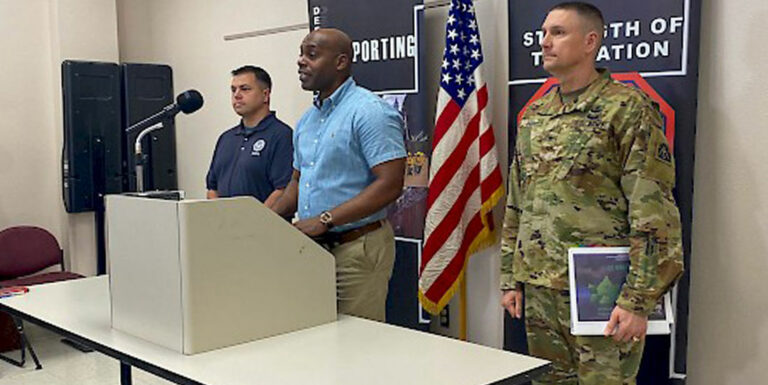
The DoD Defense Coordinating Element and How It Is Certified
April 12, 2023
Besides the main mission of defending the homeland, Department of Defense capabilities also provide critical support to local, state, and federal civilian partners during major disasters. Learn how Army North’s defense coordinating element’s mission and composition ready their units to perform this additional mission when needed.
Challenges With Pediatric Mass Care Feeding
May 10, 2023
The national-level guidance on mass care feeding for state, local, tribal, and territorial organizations (SLTTs) comes from the Federal Emergency Management Agency (FEMA), and is sourced from their toolkits and the National Mass Care Strategy website, which provides a consolidated and comprehensive set of guidance material from governmental and nongovernmental mass care experts. The
Keeping Schools Safe During the Threat of Nuclear Attacks
May 10, 2023
The hands of the so-called Doomsday Clock are now set to 90 seconds to midnight, reflecting that experts believe the world is closer to a global nuclear catastrophe than it has ever been. All-hazards plans and threat assessments should reflect this potential increased threat.
Labor Trafficking – The Case Study of Marco
May 3, 2023
Countless immigrants like Marco do not self-identify as labor trafficking victims, yet this increasing crime needs to be addressed. Learn how communities can better protect these vulnerable populations.
Perfect Storm: Albuterol Shortage & Supply Chain Upset
May 3, 2023
As of 2020, albuterol was the seventh most commonly prescribed medication in the U.S., with more than an estimated 17 million patients receiving it and nearly 62 million prescriptions issued annually. Albuterol is a short-acting bronchodilator drug that helps treat or prevent respiratory issues by relaxing the smooth muscles in
Planning for Future Events Requires Updated Plans
April 26, 2023
Threats, hazards, and risks change over time as numerous variables change. This means preparedness professionals must be forward-thinking when planning for emergencies and disasters. Past events can teach valuable lessons for the future, and sometimes those lessons include adapting old plans to meet new or emerging challenges. The authors in
Eclipses Again Will Darken the Sky in 2023 and 2024
April 26, 2023
An eclipse is not just about the sky getting dark. There are many considerations for emergency planners and public safety professionals to ensure the safety of their communities. Learn the lessons from the 2017 eclipse to better prepare for the next event.
Preparedness Promoters – Assessing Marginalized Populations
April 26, 2023
Certain populations are more vulnerable when faced with disasters. By adapting a public health model, community leaders can identify common vulnerability indicators and close the gaps between emergency management plans and target population vulnerabilities. Learn how.
Covenant School – Reviewing Another Tragic Shooting
April 19, 2023
The Covenant School shooting is another reminder of active shooter trends. This article reviews the chain of events from that tragic event, post-incident reviews, and what communities are and should be doing to prepare for and prevent future active shooter incidents.
Labor Trafficking – An Underreported Escalating Crisis
April 19, 2023
Labor trafficking affects many more people in the U.S. than sex trafficking, but it gets much less attention. Learn what the government is doing and what else community stakeholders can do now to better protect people from this growing threat.
The DoD Defense Coordinating Element and How It Is Certified
April 12, 2023
Besides the main mission of defending the homeland, Department of Defense capabilities also provide critical support to local, state, and federal civilian partners during major disasters. Learn how Army North’s defense coordinating element’s mission and composition ready their units to perform this additional mission when needed.
Follow Us
Get Instant Access
Subscribe today to Domestic Preparedness and get real-world insights for safer communities.
ARchives
Article Out Loud – After the Storm: A Flood of Compassion Healing the Wounded, in the City That Care Forgot
June 7, 2023
A pharmacist and member of a Disaster Medical Assistance Team share his personal account of the challenges his team overcame when responding to Hurricane Katrina in this 2005 article.
Article Out Loud – Service Animal Awareness in Disaster Response
June 7, 2023
Service animals are trained to perform specific daily tasks, which are often still required when responders are assisting during a hurricane, mass casualty event, or another emergency. As such, emergency planning efforts should include service animals to ensure responders can identify the animals’ critical roles, acknowledge their specialized training, and
Article Out Loud – Food and Agriculture Sector Perspectives
June 7, 2023
The Food and Agriculture Sector is one of 16 sectors identified as critical infrastructure under the Cybersecurity & Infrastructure Security Agency. Domestic Preparedness invited subject matter experts to answer important questions about this sector and how the sector and its interdependencies can affect any community.
Article Out Loud – Helping First Responders & The Public Bring Home Missing Kids
May 24, 2023
An existential danger is the exploitation of children. As the threat landscape evolves, first responders have a paramount role to play in protecting these vulnerable populations and maintaining a resilient homeland security enterprise.
Article Out Loud – CBRN Response Capabilities and Identified Gaps
May 24, 2023
Despite advancements in field identification and classification of substances with advanced instrumentation and tools, there is still a response gap regarding the proper decontamination of instruments and the people who use them.
Article Out Loud – A Healthcare Coalition’s Support for Evacuating a Facility
May 23, 2023
Learn how the National Capital Region took a giant step forward with the formation of a coalition partnership to cope with evacuations during catastrophic emergencies in this 2012 article.
Article Out Loud – Defining Workplace Violence
May 17, 2023
History has shown many instances where warning signs were missed before workplace violence occurred. However, understanding the five categories can help organizations and agencies prepare for and, ideally, prevent these types of incidents.
Article Out Loud – Making Planning Documents More Than Words on Paper
May 17, 2023
Comprehensive planning documents are vitally important, but they can easily become simple “check-the-box” requirements that result in sizeable unread documents that sit on the shelves. Organizations must take steps to avoid this pitfall.
Article Out Loud – Hazard Detection: “Bring Your Own Protection”
May 16, 2023
Public safety technologies are constantly evolving. Perhaps innovative concepts like “Bring Your Own Protection,” which researchers at George Mason University proposed in 2016, is a solution for today’s challenges.
Article Out Loud – EMS in the Fire Service – A New Trend in Patient Care
May 16, 2023
What started as a new trend in patient care in 2005 continues today with robust medical training for the fire service to manage hazardous materials incidents such as chemical spills and biological hazards.
Follow Us
Get Instant Access
Subscribe today to Domestic Preparedness and get real-world insights for safer communities.


